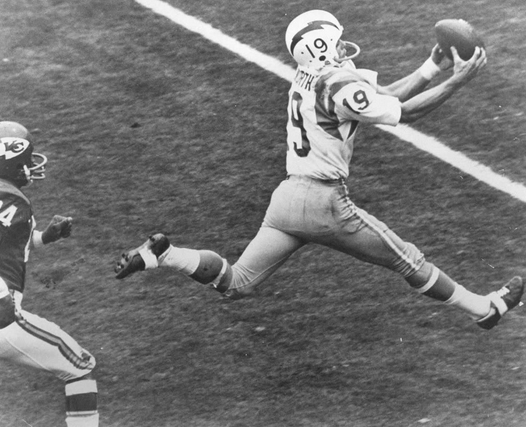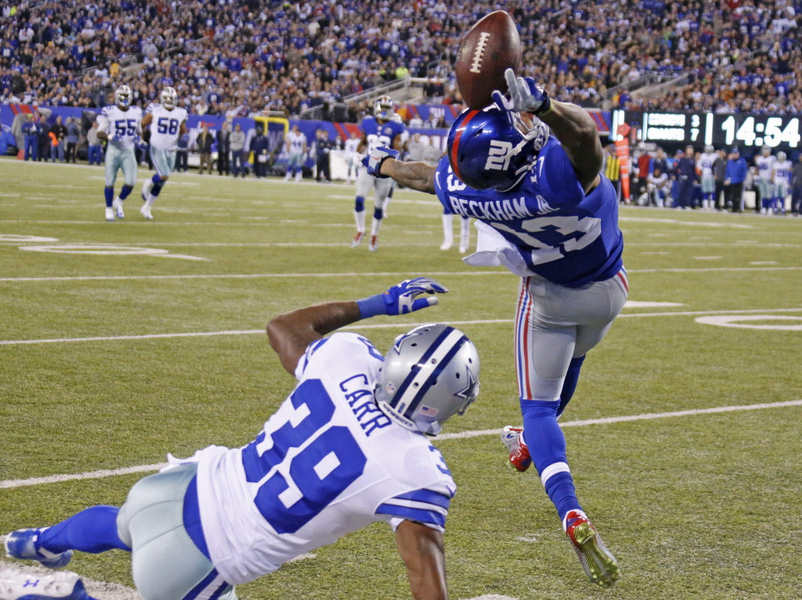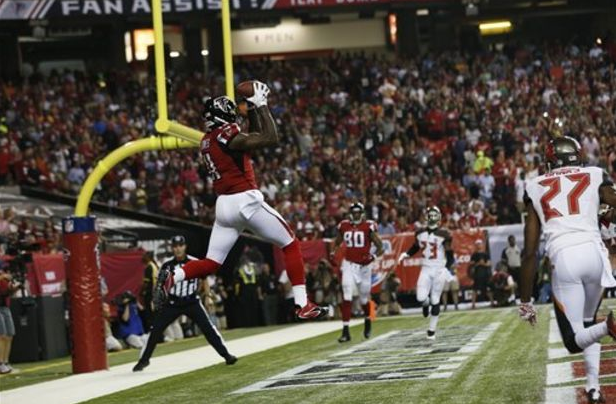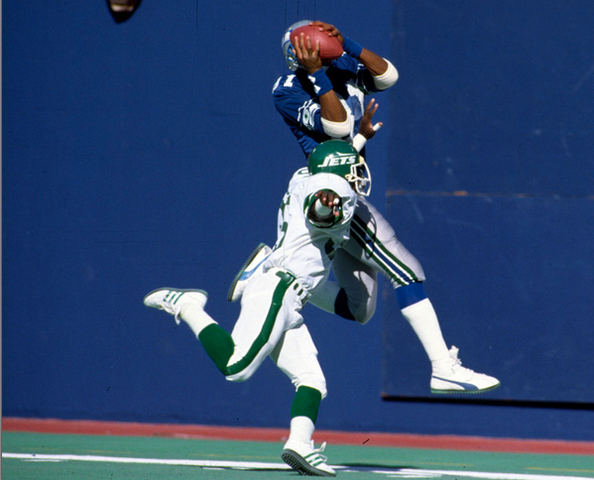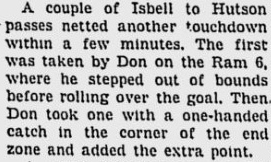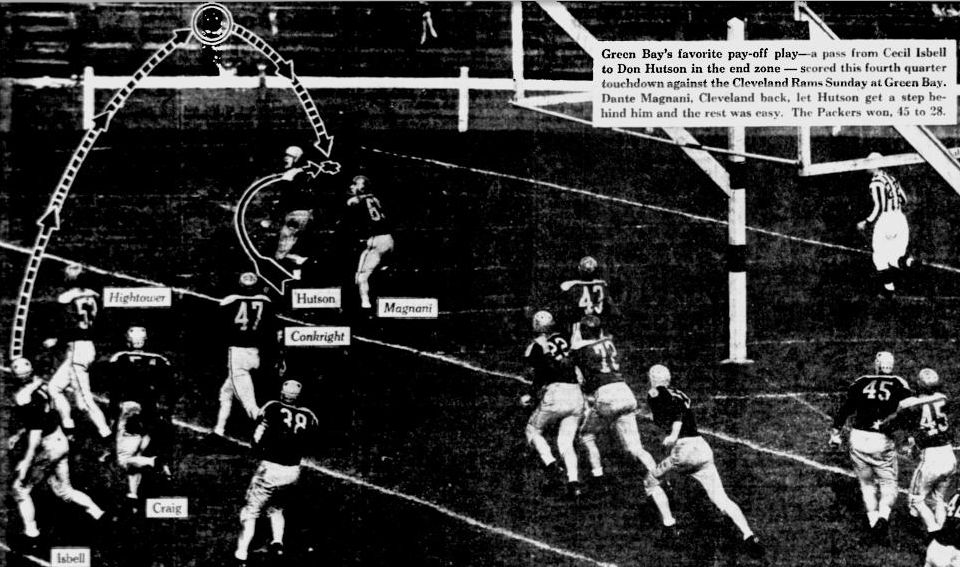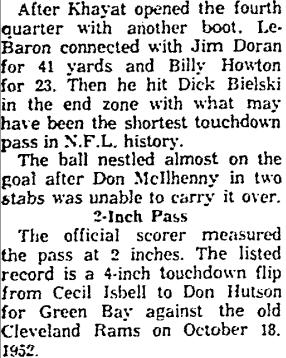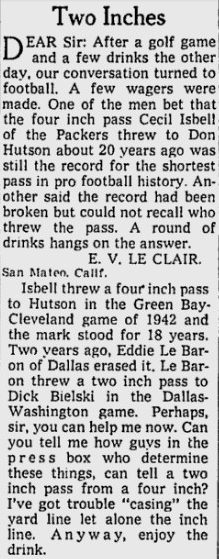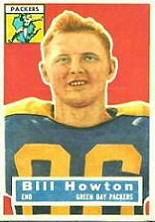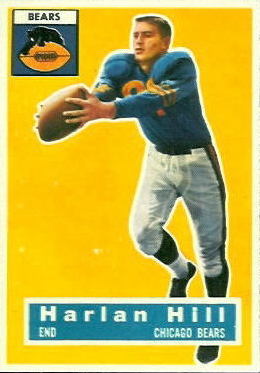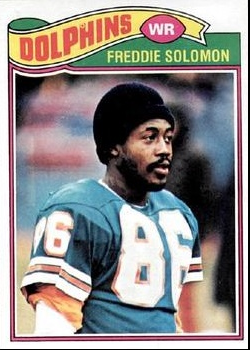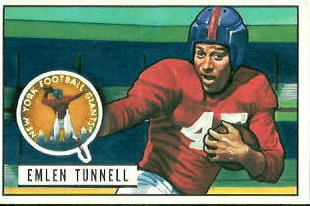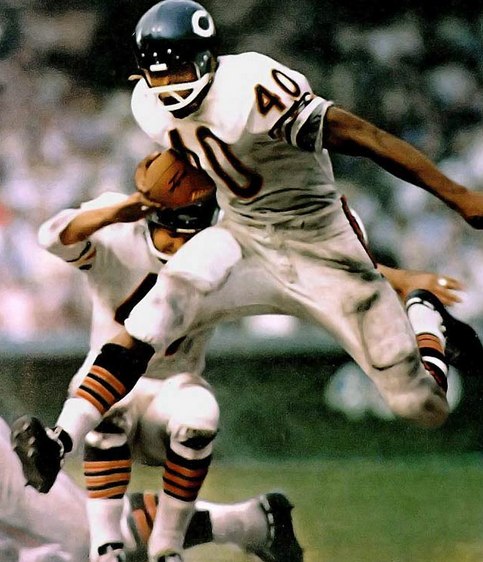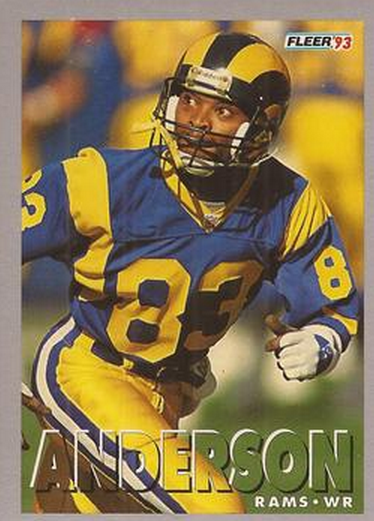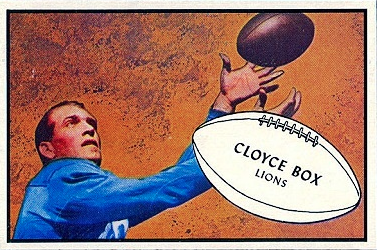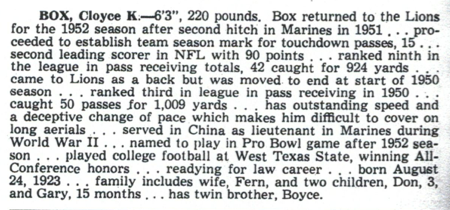My weakness for multi-purpose players is well documented. To me, they’re a throwback to those glorious days when rosters were smaller and everybody had to do more, even if you were one of the stars who turned the turnstiles.
Today’s fixation is with Julian Edelman, the Patriots’ receiver-returner. Edelman had a big night Sunday against the Chargers, catching eight passes for a career-high 141 yards, including a game-icing 69-yard touchdown, in a 23-14 win. This give him 884 receiving yards for the season with three games left, well within reach of 1,000.
If Edelman can average 38.7 yards a game the rest of the way, he’ll become just the 14th player since 1960 to total 1,000 receiving yards and return a punt for a touchdown in the same season. He accomplished the latter, an 84-yard back-breaker against the Broncos, in Week 9.
Here are the others who’ve done it. In some cases, they did it multiple times. Only the most recent one is listed.
1,000 RECEIVING YARDS AND PUNT-RETURN TD IN SAME SEASON SINCE 1960
| Year Receiver, Team |
Rec |
Yds |
TD |
PR TD (Yds/Opponent) |
|---|
| 2013 Antonio Brown, Steelers |
110 |
1,499 |
8 |
67 vs. Bengals |
| 2010 DeSean Jackson, Eagles |
47 |
1,056 |
6 |
65 vs. Giants |
| 2008 Santana Moss, Redskins |
79 |
1,044 |
6 |
80 vs. Lions |
| 2004 Nate Burleson, Vikings |
68 |
1,006 |
9 |
91 vs. Colts |
| 2003 Steve Smith, Panthers |
88 |
1,110 |
7 |
53 vs. Giants |
| 2001 Tim Brown, Raiders |
91 |
1,165 |
9 |
88 vs. Chiefs |
| 2001 Troy Brown, Patriots |
101 |
1,199 |
5 |
85 vs. Browns, 68 vs. Panthers |
| 1999 Randy Moss, Vikings |
80 |
1,413 |
11 |
64 vs. Chiefs |
| 1998 Joey Galloway, Seahawks |
65 |
1,047 |
10 |
74 vs. Chargers, 56 vs. Raiders |
| 1995 Eric Metcalf, Falcons |
104 |
1,189 |
8 |
66 vs. Rams |
| 1985 Louis Lipps, Steelers |
59 |
1,134 |
12 |
62 vs. Bengals, 71 vs. Chiefs |
| 1979 Stanley Morgan, Patriots |
44 |
1,002 |
12 |
80 vs. Colts |
| 1968 Roy Jefferson, Steelers |
58 |
1,074 |
11 |
80 vs. Cardinals |
The Packers’ Randall Cobb is a perfect example of what I’m talking about. In 2012, his second season, he led the team in receiving (80 for 954 yards) and also returned virtually all of the 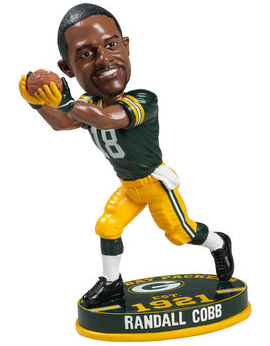 punts (31 of 36) and kickoffs (38 of 43). But now that he’s established his value as a wideout, his returning has been scaled back dramatically. This year, for instance, he’s run back just 11 punts and no kickoffs. Those chores are now handled by (or shared with) running back DuJuan Harris and cornerback Micah Hyde.
punts (31 of 36) and kickoffs (38 of 43). But now that he’s established his value as a wideout, his returning has been scaled back dramatically. This year, for instance, he’s run back just 11 punts and no kickoffs. Those chores are now handled by (or shared with) running back DuJuan Harris and cornerback Micah Hyde.
Only three other receivers in the 2000s have matched Cobb’s trifecta — that is, have led their team in receiving yards, punt returns and kickoff returns. The rundown:
● Derrick Mason, Titans, 2000-2001 — Mason actually did it in consecutive years. His stats in the first: 895 yards receiving, 51 punt returns for 662 yards and a touchdown, 42 kickoff returns for 1,132 yards and no TD. In the second: 1,128 receiving, 20-128-0 on punts and 34-748-1 on kickoffs.
● Steve Smith, Panthers, 2002 — Receiving: 872. PR: 55-470-2. KOR: 26-571-0.
● Danny Amendola, Rams, 2010 — Receiving: 689. PR: 40-452-0. KOR: 50-1,142-0.
● Randall Cobb, Packers, 2012 — Receiving: 954. PR: 31-292-1. KOR: 38-964-0.
(A kid to keep an eye on: rookie Jarvis Landry, who’s second on the Dolphins in receiving yards with 573 and returns practically all kicks.)
It’s even more unusual for a club’s No. 1 running back to multitask like this. Once a guy becomes the primary ball carrier, his returning responsibilities tend to be reduced if not eliminated — for 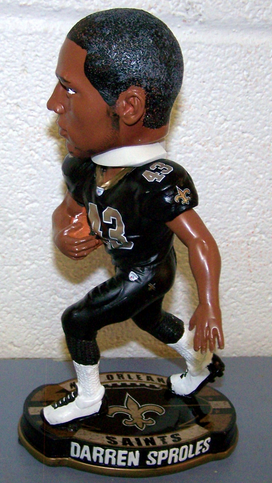 self-preservation’s sake, presumably. (With wideouts, it seems, the attitude is a little different, perhaps because they take less of a pounding running pass routes than backs do running between the tackles.)
self-preservation’s sake, presumably. (With wideouts, it seems, the attitude is a little different, perhaps because they take less of a pounding running pass routes than backs do running between the tackles.)
Only one back in the 2000s has been his team’s leading rusher and its primary punt and kickoff returner — the Saints’ Darren Sproles in 2011. And just twice in league history has a 1,000-yard rusher pulled it off. (Bet you can’t guess who.) Call it: The Curse of the 53-Man Roster. With so many bodies to work with now, clubs no longer have to exploit their players’ versatility to the fullest. They can spread the load among various specialists and keep their lead backs fresher (and protect their often-hefty financial investment in them, too).
Make no mistake, though: This type of all-around performance has never really been that common, even in the days of two-way players. Here, in case you’re curious, are some of the more prominent members of this exclusive club, listed according to their rushing yardage:
● Greg Pruitt, Browns, 1975 — 1,067 yards rushing, 13 punt returns for 130 yards and no touchdowns, 14 kickoff returns for 302 yards and 0 TD.
● Chris Warren, Seahawks, 1992 — Rushing: 1,017. PR: 34-252-0. KOR: 28-524-0.
● Abner Haynes, Texans, 1960 (AFL) — Rushing: 875 (led league). PR: 14-215-0. KOR: 19-434-0.
● Gale Sayers, Bears, 1965 — Rushing: 867. PR: 16-238-1. KOR: 21-660-1.
● Timmy Brown, Eagles, 1963 — Rushing: 841. PR: 16-152-0. KOR: 33-945-1.
● Steve Van Buren, Eagles, 1945 — Rushing: 832 (led league). PR: 14-154-0. KOR: 13-373-1.
● Mack Herron, Patriots, 1974 — Rushing: 824. PR: 35-517-0. KOR: 28-629-0.
● Terry Metcalf, Cardinals, 1977 — Rushing: 739. PR: 14-108-0. KOR: 32-772-0.
● Terry Metcalf, Cardinals, 1974 — Rushing: 718. PR: 26-340-0. KOR: 20-623-1.
● Bill Dudley, Steelers, 1946 — Rushing: 604 (led league). PR: 27-385-0. KOR: 14-280-0
● Darren Sproles, Saints, 2011 — Rushing: 603. PR: 29-294-1. KOR: 40-1,089-0.
● Jon Arnett, Rams, 1961 — Rushing: 609. PR: 18-223-0. KOR: 16-331-0.
● Floyd Little, Broncos, 1968 (AFL) — Rushing: 584. PR: 24-261-1. KOR: 26-649-0.
Four of these backs, I’ll just point out, are in the Pro Football Hall of Fame — Sayers, Van Buren, Dudley and Little — which adds some gravitas to the feat. Another Hall of Famer who just missed was Leroy Kelly, who rushed for 1,141 yards with the Browns in 1966 (second in the NFL) and had the most combined punt-and-kickoff returns on the team (32), but had one less kickoff return than Walter Roberts (19 to The Flea’s 20).
This isn’t to suggest that versatility is dead in pro football. In 2009, let’s not forget, the Chiefs’ Jamaal Charles (1,120) and the Bills’ Fred Jackson (1,062) both went over 1,000 rushing yards and also handled most of their teams’ kickoff returning. (Charles even ran one back for a touchdown.) And Tiki Barber, before he veered off into television, did double duty for the Giants as their main back and punt returner. In one of those seasons (2000) he rushed 1,006 yards.
The way the game has evolved, though, today’s players have less opportunity to show off all of their abilities. More on this subject later in the week.
Notes: Pruitt ran back the most kickoffs, but Billy Lefear had the most kickoff return yards (412 to Greg’s 302). . . . Haynes tied with Johnny Robinson for most kickoff returns with 14. . . . In ’77, Metcalf had the most punt returns, but Pat Tilley had the most punt return yards (111 to Terry’s 108). . . . Arnett ran back the most punts and kickoffs, but Dick Bass topped him in punt and kickoff return yards (109-75 and 698-653). So if you want to nitpick . . . .
Source: pro-football-reference.com
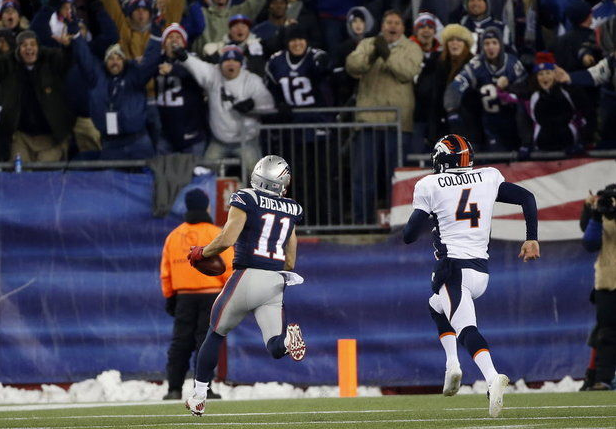
The Patriots’ Julian Edelman taking a punt the distance vs. the Broncos this season.

